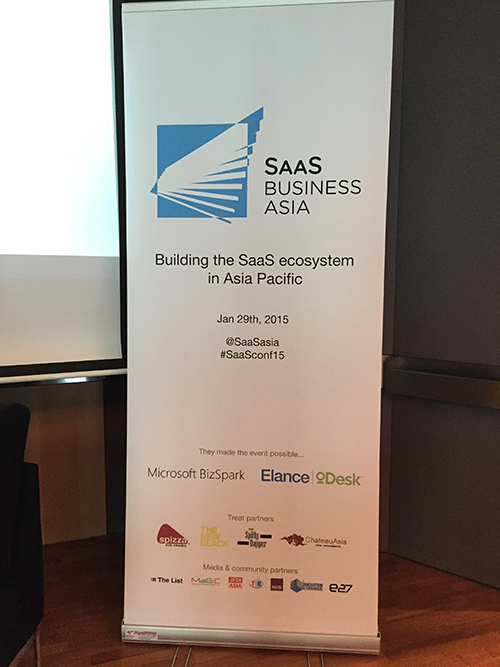 The first SaaS conference dedicated to businesses in Asia took place on 29th January 2015. It featured numerous panels, fireside chats, workshops, and round table discussions by distinguished industry leaders, including Gary Luton (Salesforce.com), James Fitzgerald (ServiceNow), Cameron Priest (TradeGecko), and Ivan Gomez (Microsoft Office). I was fortunate to be able to attend the conference and pick up a few key lessons along the way.
The first SaaS conference dedicated to businesses in Asia took place on 29th January 2015. It featured numerous panels, fireside chats, workshops, and round table discussions by distinguished industry leaders, including Gary Luton (Salesforce.com), James Fitzgerald (ServiceNow), Cameron Priest (TradeGecko), and Ivan Gomez (Microsoft Office). I was fortunate to be able to attend the conference and pick up a few key lessons along the way.
1. Culture of Transparency.
Both panelists, Joel Gascoigne (Buffer) and Jon Yongfook (Beatrix), shared their experiences with promoting transparency in their organizations. Joel advocated mailing lists that fellow employees can subscribe in order to keep track of conversations and to learn from the knowledge being disseminated. There are no issues with accountability (i.e. “you are supposed to read this”) as employees do not have formal titles and the focus is on individuals wanting to take ownership by keep tracking of discussions that mattered to them. On the other hand, Jon focused on work-life balance where employees are expected to follow a routine of completing their work on time so that they are able to take time off to relax on the beach.
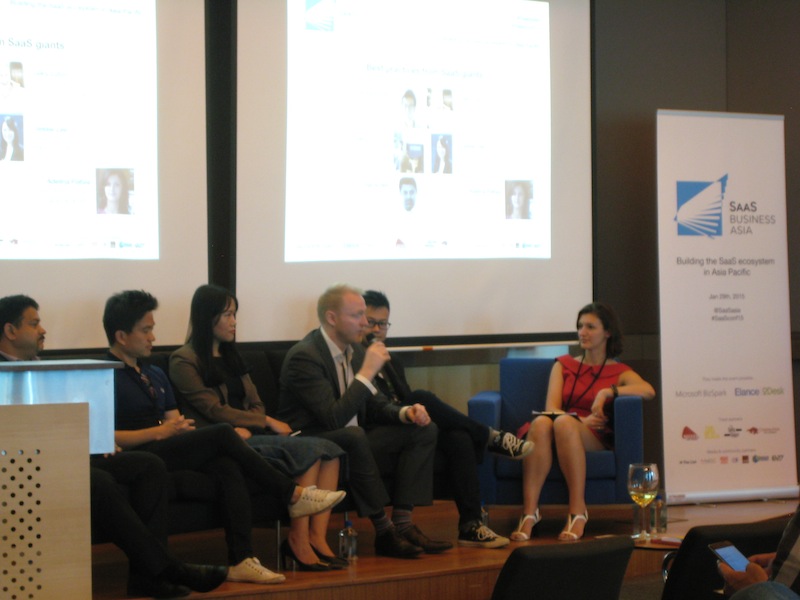
2. Increase SaaS market adoption in Asia.
Panelists, such as Ivan Gomez (Microsoft Office) and Gary Luton (Salesforce.com), highlighted key issues in adopting SaaS in Asia such as infrastructure and government regulations. However, the key challenge is cultivating trust between SaaS providers and customers. Traditionally, software providers only need to service their customers periodically to renew licenses, and to up-sell and cross-sell products and services. However, with a diverse marketplace and rising customer expectations, SaaS providers are expected to continually demonstrate customer success. They will need to work closely with customers to ensure that their suite of products and services address corporate challenges and deliver value for their businesses. Value can be defined as either reducing costs or increasing profit margins.
To facilitate market adoption, SaaS providers can deploy local teams in key markets as they will not be able to fully anticipate how the market will react to their messages. Ivan cited examples of using customized fonts and avoiding the morning traffic as unexpected drivers of SaaS adoption in markets such as Thailand and Indonesia.
3. Beyond $1 Million in Recurring Revenue.
James Fitzgerald (ServiceNow) highlighted the difficulty of breaking into the Asian market without a brand and an ecosystem to support SaaS products and services. Generally, Asians are more risk averse which creates difficulty in hiring talents and convincing customers to adopt SaaS. James suggested the use of “5 Whys” to discover the customer’s core issue that is creating a barrier towards change. A “proof of concept” can also be introduced into sales and marketing activities, where customers are encouraged to share their biggest challenge and to invite all stakeholders to participate in product trials. It enables SaaS solutions to “speak for itself” and demonstrate its value to the customers.
4. Best Practices of SaaS Giants.
Industry giants, such as Salesforce.com and Anaplan, shared their best practices in SaaS markets. One of the most important practices is to continuously focus on customer trust and success that will help to drive a high level of customer innovation and engagement for the ecosystem. This key factor of success is demonstrated in Anaplan’s rapid expansion into 11 countries within 6 months. The company built upon their ecosystem via an app market and partnerships with SaaS leaders such as Salesforce.com and Blue Jeans.
5. Key Metrics for SaaS Startups.
Beside the typical metrics of customer acquisition and retention rates, panelists stressed the importance of MRR (Monthly Recurring Revenue) as an important measurement of success which can be further broken down into segments (e.g. MRR for new customers and existing customers) to facilitate A/B testing, such as pricing adjustments. However, SaaS startups should devote time and energy to manage these high-level metrics and ensure that they are relevant to employees. Otherwise, these metrics will become a white elephant that is only displayed and mentioned in the presence of management. To avoid this pitfall, SaaS startups can allow each project team to identify and present their own metrics that are important for their customer segments.
I enjoyed myself at the conference where I learnt a lot from industry leaders and made various new connections for future collaborations. In my opinion, the conference was a success and I am looking forward to the next edition.
What do you think of SaaS Business Asia Conference 2015? Please share your experiences in the comments below and provide your suggestions on the next event that we should cover.

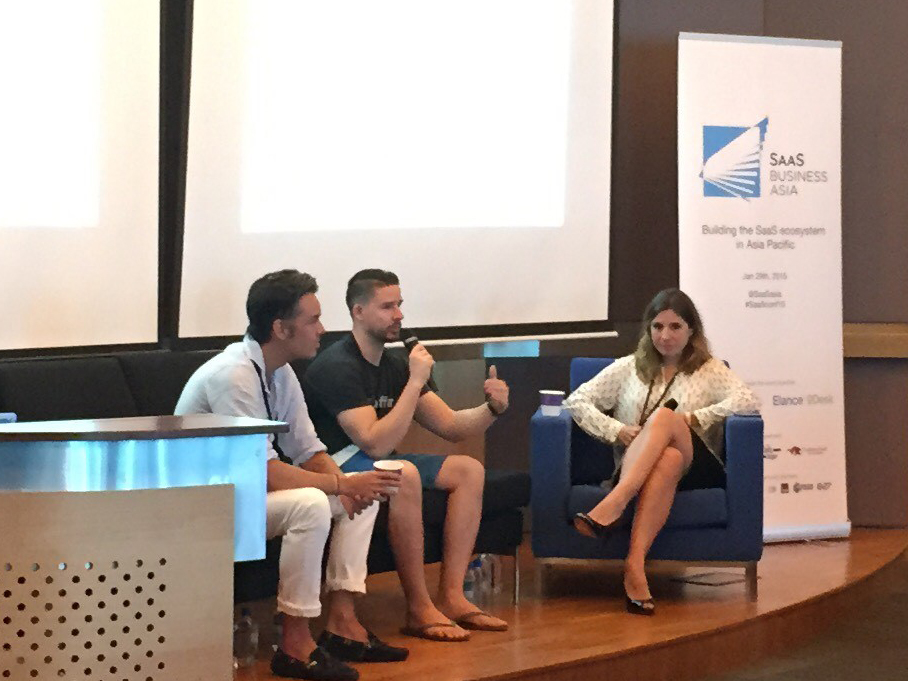
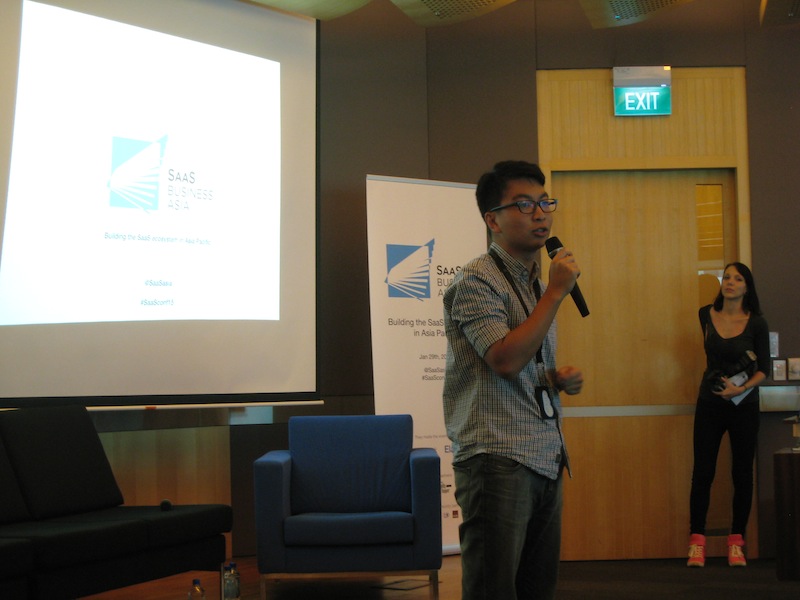
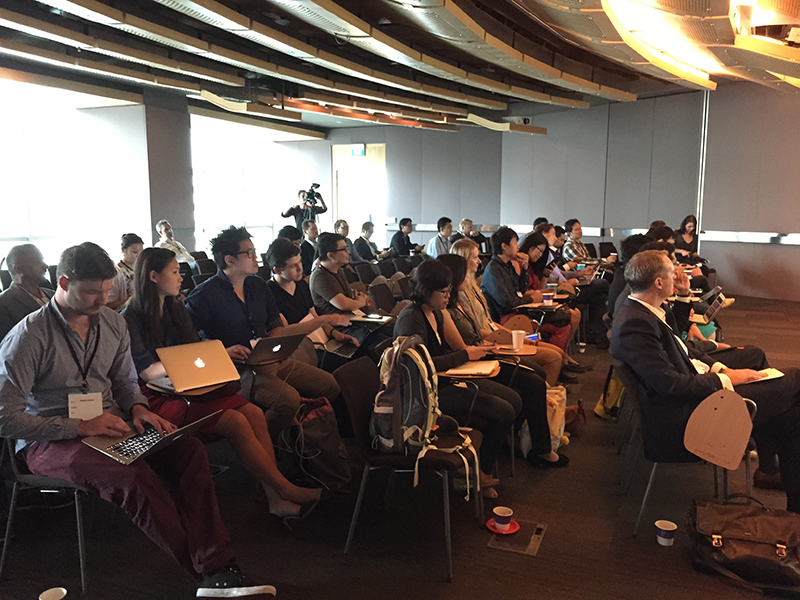
 Follow
Follow